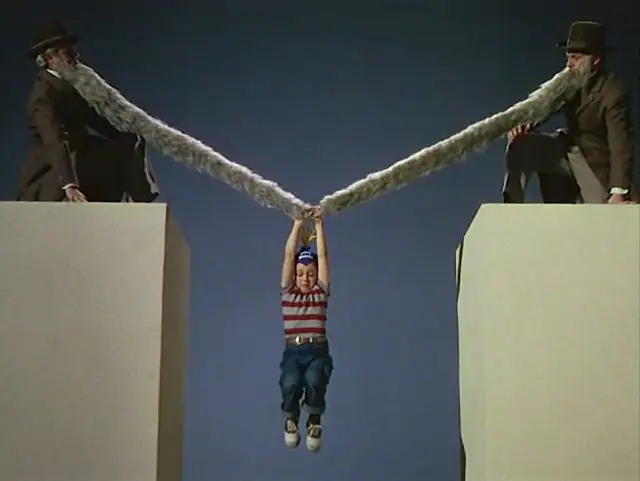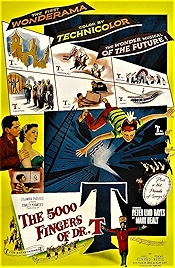A movie for every day of the year – a good one
2 March
Dr Seuss born, 1904
On this day in 1904, Theodor Geisel, author and illustrator, was born in Springfield, Massachusetts. He started to sign himself Seuss (his mother’s maiden name) while at Dartmouth College, where he was editor of the humour magazine Jack-O-Lantern. He’d been found guilty of the sin of drinking gin and in order to keep working on the mag after being barred from this extra-curricular activity started using a pseudonym. Having completed his Ivy League education he went to Oxford, in the UK, where he intended to study English. But he gave it up to concentrate on cartoons, which he pursued further after moving back first to Springfield and then to New York. He became successful working as a cartoonist drawing adverts – for Standard Oil, General Electric, NBC, among others – and published his first book, And to Think I Saw It on Mulberry Street – after much rejection, in 1937. During the Second World War he produced propaganda for the government, as a captain in the First Motion Picture Unit. His documentary on Japan, Design for Death, won an Oscar, as did his Gerald McBoing-Boing, for best animated short. His most successful period as a children’s author followed – Horton Hears a Who!, The Cat in the Hat, How the Grinch Stole Christmas. Though always pronounced “Syoos” by other people, the man himself pronounce his name “Zoice” to rhyme with “voice”.
The 5,000 Fingers of Dr T (1953, dir: Roy Rowland)
As with the work of Roald Dahl, there’s a terrible tendency by the committees who produce movies to take out the more troubling stuff – the stuff that lends distinction. With Dahl it’s the dark humour; with Seuss it’s the fizzing surreal imagination. This 1953 film gets Geisel better than most – no, let’s not talk about Mike Meyers and the Cat in the Hat movie. It’s a surreal story about a kid who falls asleep while practising the piano and the dreams he has of being held prisoner by Doctor Terwilliker, the man who wrote the piano instruction manual that first sent him into the realm of Morpheus. After the bizarre storyline, the most notable aspect of the film is the brilliant production design by Rudolph Sternad, of the Terwilliker Institute, the Freudian nightmare piano-teaching prison where this poor fatherless boy is taunted by the sight of his mother setting up house with Dr T, the nightmare avatar of his own real-life tormentor. Just to pile on a bit more depth, Seuss and fellow scenarist Allan Scott invoke the the disorientation of Kafka, the guilt of Shakespeare’s Hamlet, the expressionist camera angles of Fritz Lang and the chaos of the Mark brothers, to name but a few – anything that will add to the heady mix of unhinged tumult. The film marks some kind of high point for the fetishisation of psychoanalysis – Hollywood had been mad for it since the 1930s – and is also a rebuff to those who say that 1950s Hollywood was always conformist and conservative. Talking of which, there’s also the distinctly leftish, class-critiquing message tucked away in there too, which might explain why the film is not seen very often.
Why Watch?
- A starring role for Tommy Rettig – usually underdog to Lassie
- Hans Conried as the dastardly Dr Terwilliker
- Rudolph Sternad’s fabulous production design
- The closest movies have ever got to capturing Dr Seuss
The 5,000 Fingers of Dr T – at Amazon
I am an Amazon affiliate
© Steve Morrissey 2014

